When selecting an electric scooter, the materials used in its construction are pivotal to its overall weight, durability, and performance. Three prevalent materials are often employed in the manufacturing of electric scooters: Carbon Fiber Reinforced Polymer (CFRP), titanium, and aluminum.
CFRP stands out for its durability and lightweight properties. It's an anisotropic material, which means it can be tailored to specific design needs, offering flexibility. Its ability to dampen vibrations contributes to a smoother ride, enhancing the rider's safety.
Titanium is renowned for its strength and lightweight nature, making it a robust material for electric scooters. It resists corrosion and rust, which prolongs the aesthetic appeal and lifespan of the scooter.
Aluminum is another widely used material, celebrated for its strength and lightness. It's versatile, weather-resistant, and does not degrade under UV exposure. For those concerned with environmental sustainability, aluminum is notable for its recyclability and energy-efficient manufacturing process.
Each material has distinct advantages, and the choice often depends on a balance between cost, weight, and durability. Some scooters may combine these materials to leverage their combined benefits. Ultimately, the material composition of an electric scooter can significantly influence its portability and longevity.




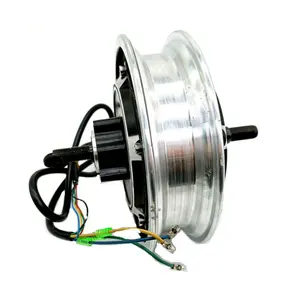

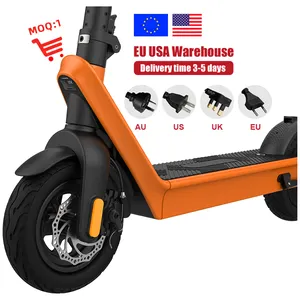


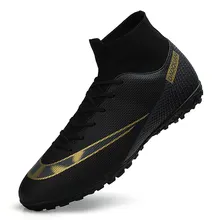
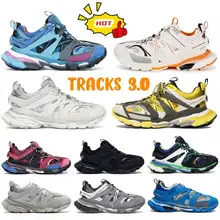





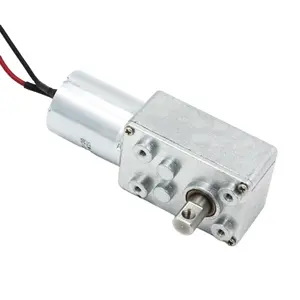

























 浙公网安备 33010002000092号
浙公网安备 33010002000092号 浙B2-20120091-4
浙B2-20120091-4